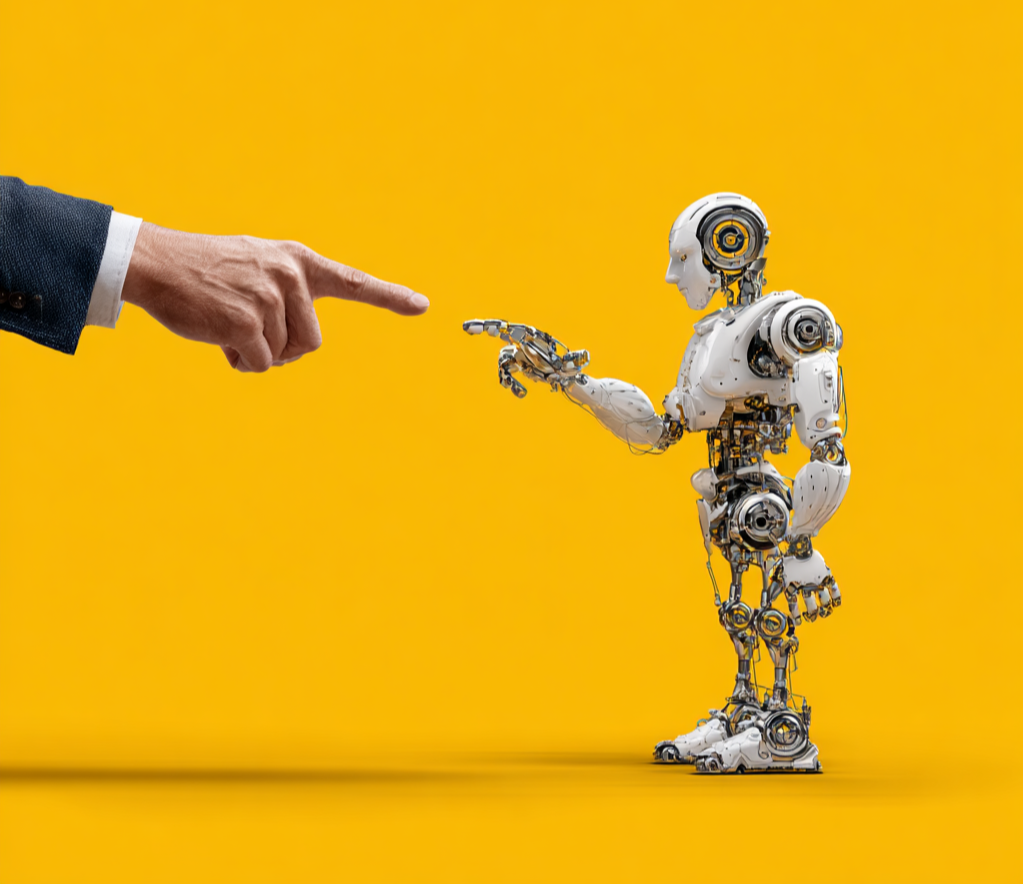It’s not me, it’s ChatGPT
German entrepreneur Oliver Baldus filed a trademark application for ‘It’s not me, it’s ChatGPT’ for clothing.
Blaming ChatGPT? Convenient—but also risky. Not surprisingly, OpenAI noticed the application and filed an opposition based on its earlier word mark ‘ChatGPT’. What followed?
Both the applied-for word mark and OpenAI’s earlier mark are registered for clothing. According to the EUIPO, the phrase ‘It’s not me, it’s...’ lacks distinctiveness: it’s a simple, general message that is not capable of indicating the commercial origin of the relevant goods. Visually and aurally, the signs are similar in their distinctive elements: ‘Chat’ and ‘GPT’.
In an overall trademark comparison, non-distinctive elements carry less weight than distinctive ones. In other words, even though ‘It’s not me, it’s...’ was added in the contested mark, it does not sufficiently differentiate the mark from ‘ChatGPT’. Since ‘ChatGPT’ is exactly the earlier mark, the EUIPO concluded that the signs are similar.
Even if consumers might not directly confuse the marks due to their different lengths, they could still associate the signs with each other because of the shared element ‘ChatGPT’ and assume that the products come from the same or economically linked companies. All in all, the EUIPO found a likelihood of confusion.
Whether or not you blame ChatGPT, trademark law cuts right through it. ChatGPT isn’t just a tool – it’s a trademark.
Author: Arnaud Bos
Bio: Arnaud is trademark attorney and within Knijff responsible for the marketing & communication. Arnaud is specialist in the metaverse and music sectors and his client portfolio includes many upcoming and renowned bands. He keeps a close eye on the latest case law in the EU and will let you know when he sees remarkable applications.

